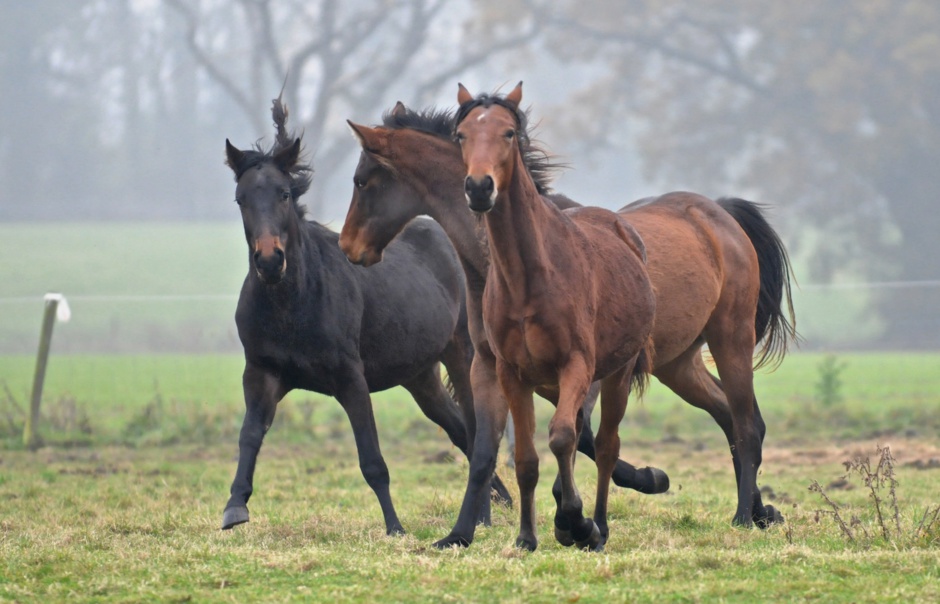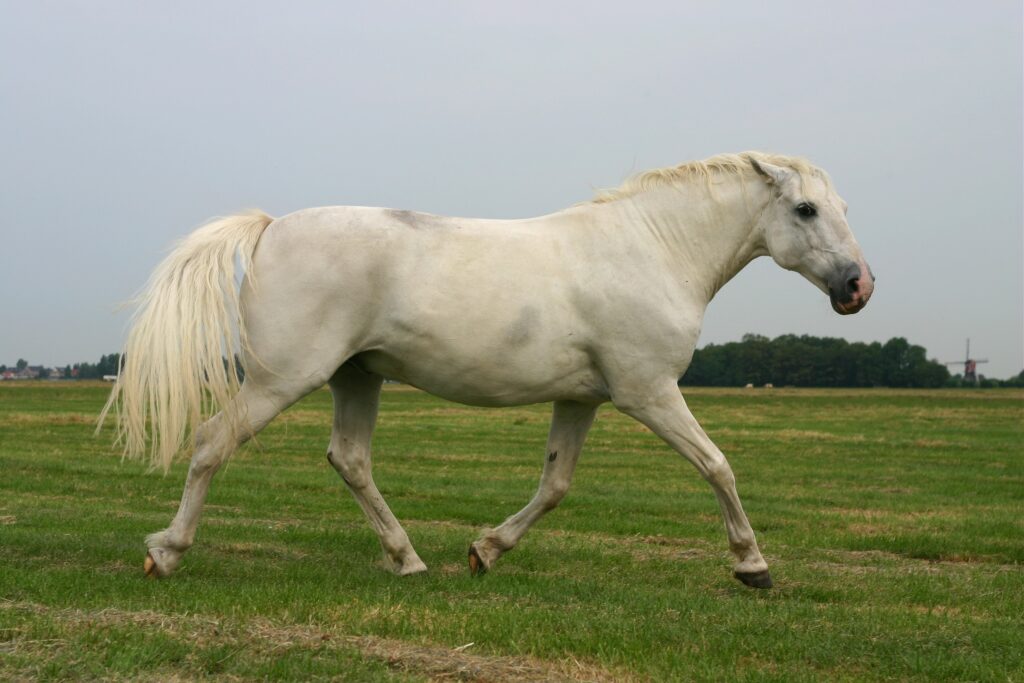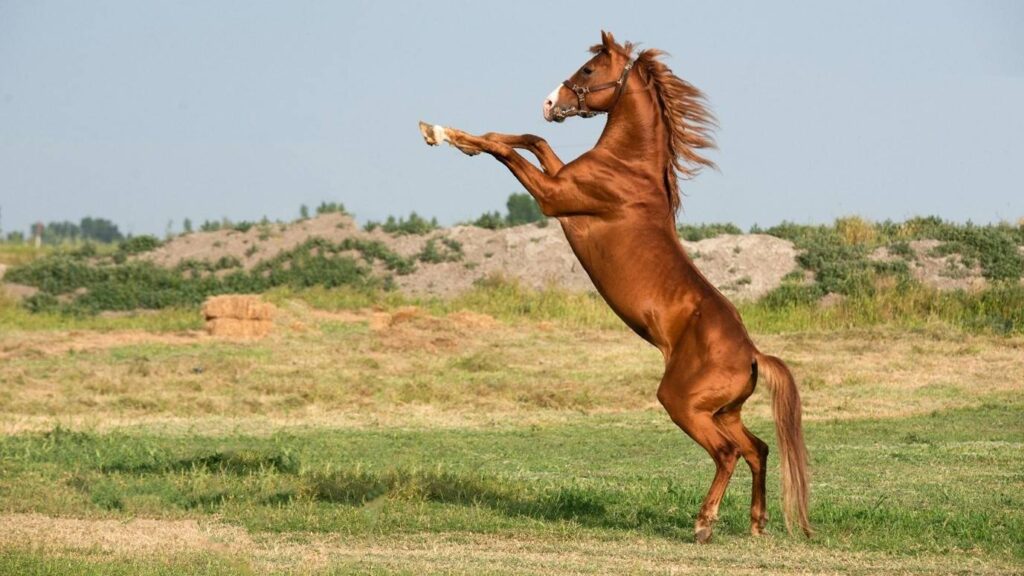Training a horse can be an immensely rewarding experience, yet it comes with its own set of challenges. One of the key aspects of horse training is desensitizing. This process helps horses become more comfortable with various stimuli, making them calmer and more reliable partners. A well-structured horse desensitizing checklist is essential for every equestrian looking to build a trusting relationship with their horse.

Understanding Desensitizing in Horses
Before diving into the checklist, it’s crucial to understand what desensitizing entails. It is the gradual process of exposing your horse to different stimuli that they may initially find frightening or uncomfortable. This exposure is done in a controlled manner, ensuring the horse remains calm throughout.
The Importance of a Desensitizing Checklist
A well-prepared desensitizing checklist helps you systematically introduce your horse to new experiences. It ensures nothing is overlooked and that your horse’s training progresses smoothly. This checklist is particularly useful for new horse owners or those unfamiliar with horse training tips.
Key Elements of the Horse Desensitizing Checklist
1. Establish Trust and Safety
Before introducing your horse to new stimuli, ensure that you have a solid foundation of trust. This is paramount for any training process. Spend time bonding with your horse through grooming and gentle interactions.
2. Introduce New Stimuli Gradually
Your horse desensitizing checklist should start with easy stimuli and gradually move to more challenging ones. Begin with simple objects like plastic bags or tarps before progressing to more complex scenarios such as loud noises or water.
3. Use Positive Reinforcement
Positive reinforcement is a powerful tool in horse training. Reward your horse with treats or praise whenever they respond calmly to new stimuli. This will make the training process enjoyable for them. For more details, visit positive reinforcement.
4. Consistency is Key
Consistency is crucial when following a horse desensitizing checklist. Regular training sessions help reinforce lessons and ensure that your horse remains confident even when exposed to new situations.
Common Challenges and Solutions
Handling Nervous Horses
Some horses may be naturally more nervous than others. In such cases, patience is essential. Break down the desensitizing process into smaller steps and give your horse ample time to adjust.
Dealing with Stubborn Horses
If your horse is resistant to desensitizing, you may need to adapt your approach. Understanding their behavior is crucial. Consider reading more about stubborn horses for additional tips.
Case Studies: Success Stories
Many horse owners have successfully used a horse desensitizing checklist to train their animals. By sharing these stories, we can inspire others to undertake this rewarding journey with confidence.
Case Study 1: From Skittish to Serene
One horse owner, Jane, used a checklist to gradually desensitize her horse to loud noises. Over time, her horse became more comfortable and confident, even in bustling environments.
Case Study 2: Conquering the Tarp
Another example is Tom, who successfully trained his horse to walk over a tarp. This was achieved by slowly introducing the tarp over several weeks, rewarding his horse for every small victory.
Essential Tools for Desensitizing Horses
Having the right tools can make the desensitizing process smoother. Here are some items you might find useful:
- Plastic bags
- Tarps
- Whips (for gentle guidance)
- Noisemakers (bells, whistles)
- Treats for rewarding progress
The Role of Professional Training
While many horse owners can effectively desensitize their horses, sometimes professional help is beneficial. A seasoned trainer can provide expert guidance, especially for challenging cases.
Voice Command Training
Incorporating voice commands into your desensitizing routine can enhance your horse’s responsiveness. Simple commands like ‘stop’ or ‘go’ can be integrated into training. Learn more about voice command training.
Conclusion
A well-structured horse desensitizing checklist is an invaluable tool in training. It helps create a calm, confident horse ready to face new challenges. By following this guide, you can build a strong bond with your horse, ensuring a harmonious partnership.

FAQs
What is the primary goal of desensitizing a horse?
The main goal is to help the horse become more comfortable and less reactive to various stimuli, making them more reliable and easier to handle.
How often should I desensitize my horse?
Regular sessions, ideally a few times a week, are recommended for consistent progress. However, each horse is different, so adjust the frequency based on your horse’s comfort level.
Can desensitizing help with stubborn horses?
Yes, it can. A structured approach can help even the most stubborn horses become more compliant over time. For more insights, visit discipline training.
This article contains affiliate links. We may earn a commission at no extra cost to you.







